Throughout time, our ancestors have turned to honey to support their immune systems, recover from injury and maintain their health and vitality. While the exact science around how honey delivers such a broad range of health benefits is still the topic of much scientific research, what we do know is that this sweet super food has always been there for us when we need it.
While it is tempting to think of this familiar sticky treat as a simple whole-food, it really is so much more than that. Each year scientists dig deeper into the chemistry of this fascinating substance as they attempt to find out exactly how this sweet nectar delivers what seems to be an ever-growing list of health and wellbeing benefits.
It is estimated that honey contains at least 180 different chemicals including the fuel-packed sugars fructose (38%) and glucose (31%). While it is tempting to think of these simple sugars as being only mildly important in terms of skin healing, they do, in fact, play a key role in barrier protection and wound management, not least by creating a sterile environment around the compromised area. Sugar solutions such as this typically bind up any free water so that microbes cannot thrive while, at the same time providing an essential moisture reservoir close to the skin so that the wound doesn’t dry out. One could think of this as being an intelligent sponge that releases only what’s need, when needed, balancing hydration with microbe protection.
A closer look at Honey’s sugar chemistry shows us that while fructose and glucose account for the largest fraction in a volume sense, they are supported by some very important and interesting minor sugars that punch well above their weight in terms of health benefits, one such sugar is Laminaribose.
Laminaribose is a disaccharide with antiseptic properties. Antiseptic ingredients prevent the growth of disease-causing microorganisms and so the presence of this, along with the water-binding capacity of major sugars, contributes to honey’s action as a broad-spectrum anti-microbial agent both when applied topically and when ingested.
Another interesting sugar is Trehalose, or ‘resurrection sugar’. It’s ability to protect cells from harsh environments including environmental stressors such as oxidative damage, dehydration and temperature extremes has caught the attention of nutritionists and cosmetic chemists around the world.
The natural antioxidant properties of trehalose have been found to deliver a level of UV, pollution and irritant protection when topically applied. At a deeper level, this sugar can protect connective tissue from dehydration, an important step in collagen production which, in turn helps accelerate and stabilise wound healing in damaged skin. When ingested, antioxidants provide support to the body to fight off infection and reduce cellular inflammation. Antioxidant rich diets play an essential role in supporting our immune system and reducing the impacts of environmental and internal stressors. Inflammation triggered by oxidation prematurely ages our cells and leaves us vulnerable to disease so anything we can do to increase our antioxidant intake is beneficial to our general health, resilience and vitality.
Honey’s antioxidant capacity doesn’t just come from its sugars, honey also contains a wide range of phenolic flavonoid compounds many of which are powerful free-radical quenchers that work together to protect the body from stress and reduce inflammation.
Flavonoids are a diverse group of plant-derived antioxidants and are responsible for giving fruits and vegetables their bright and varied colours. In honey, flavonoids originate from the nectar that Bees feed on meaning that the range of phenolic flavonoids found in honey vary depending on where Bees have foraged.
While having an antioxidant rich diet is always a good idea, medical specialists and research scientists are beginning to understand the details of how antioxidants assist in our recovery from viral infections.
Scientists have long appreciated the role that oxidative stress plays in the development of virus infections within humans and other animals. The viruses that have been studied activate our bodies immune cell communication proteins (Cytokines) resulting in them increasing in number to fight off the infection. While this is a very helpful and logical response to an attack or threat, some viral infections can trigger what is known as cytokine storms which is essentially an over-reaction by the body’s inflammatory response. Inflammation is a natural way the body attempts to clear out dead and damaged tissue and trigger tissue repair. However, when this process scales to an uncontrollable level, especially around the lungs, it may escalate triggering respiratory distress.
The term ‘cytokine storm’ became widely used during the H5N1 influenza outbreak (bird flu) of 2013 and triggered research into a range of immunomodulatory therapy strategies, including the use of steroids, immune therapy, herbs and honey. While it is disingenuous to suggest that honey can prevent this type of immune dysfunction from developing, several studies have found honey to have very strong antiviral and anti-inflammatory action. In the absence of any significant down-side (other than in babies under one year who should not consume honey) honey presents us with a logical, low-risk functional food and/or topical medicine to turn to during periods of increased viral infection risk such as during regular flu seasons or during times when our immune systems are otherwise compromised. In addition, there have been many studies confirming what our grandma’s have always known, that a hot cup of lemon and honey does more to soothe your throat and calm your cough than antibiotics can ever do.
Whether topically applied or ingested as part of a healthy, antioxidant rich diet, honey is a sensible, low-risk way of supporting our immune systems whatever life throws at us. Honey’s combination of broad-spectrum antimicrobial efficacy plus proven anti-inflammatory action make this a must-have item in every family medical cabinet. It’s comforting to know that whatever the world throws at us, vitamin bee has something to offer.
For the very best in wound healing take a look at our skin fix packs in 2 strengths, the MGO 514 skinfix pack or now available MGO 1000 skinfix pack.

References
Deadly immune ‘storm’ caused by emergent flu infections. https://www.sciencedaily.com/releases/2014/02/140227142250.htm
The Effect of Manuka Honey on dHL-60 Cytokine, Chemokine, and Matrix-Degrading Enzyme Release Under Inflammatory Conditions.
https://www.ncbi.nlm.nih.gov/pmc/articles/PMC6594701/
The Cytokine Storm of severe influenza and development of immunomodulatory therapy.
https://www.ncbi.nlm.nih.gov/pmc/articles/PMC4711683/
Anti-influenza viral effects of honey in vitro: potential high activity of manuka honey.
https://www.ncbi.nlm.nih.gov/pubmed/24880005
Honey as a Potential Natural Antioxidant Medicine: An Insight into Its Molecular Mechanism of Action.
https://www.hindawi.com/journals/omcl/2018/8367846/
Honey, not antibiotics, recommended for coughs.
https://www.nhs.uk/news/heart-and-lungs/honey-not-antibiotics-recommended-coughs/
Phenolic acids and flavonoids profiles of commercial honey from different floral sources and geographic sources.
https://www.tandfonline.com/doi/full/10.1080/10942912.2019.1579835



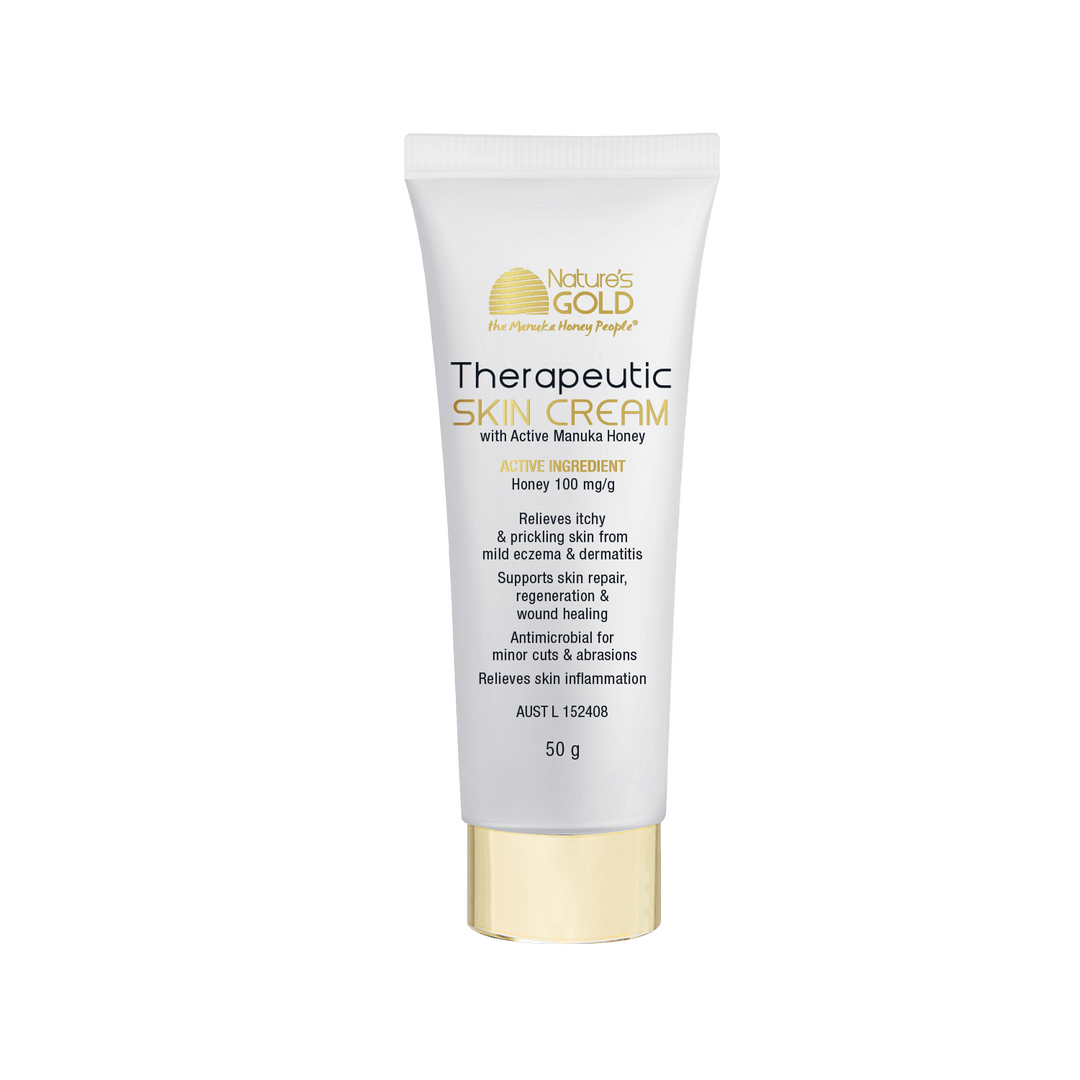
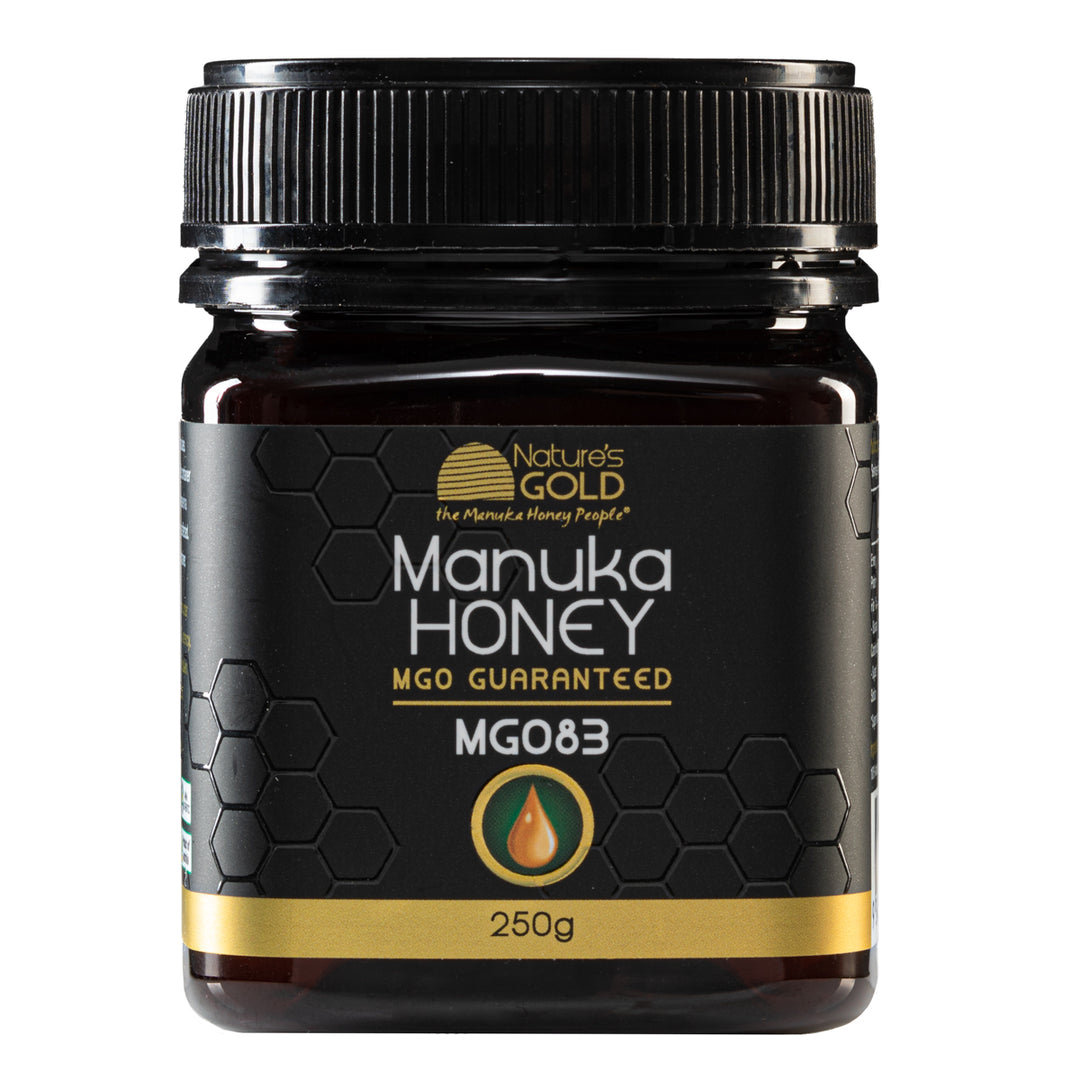
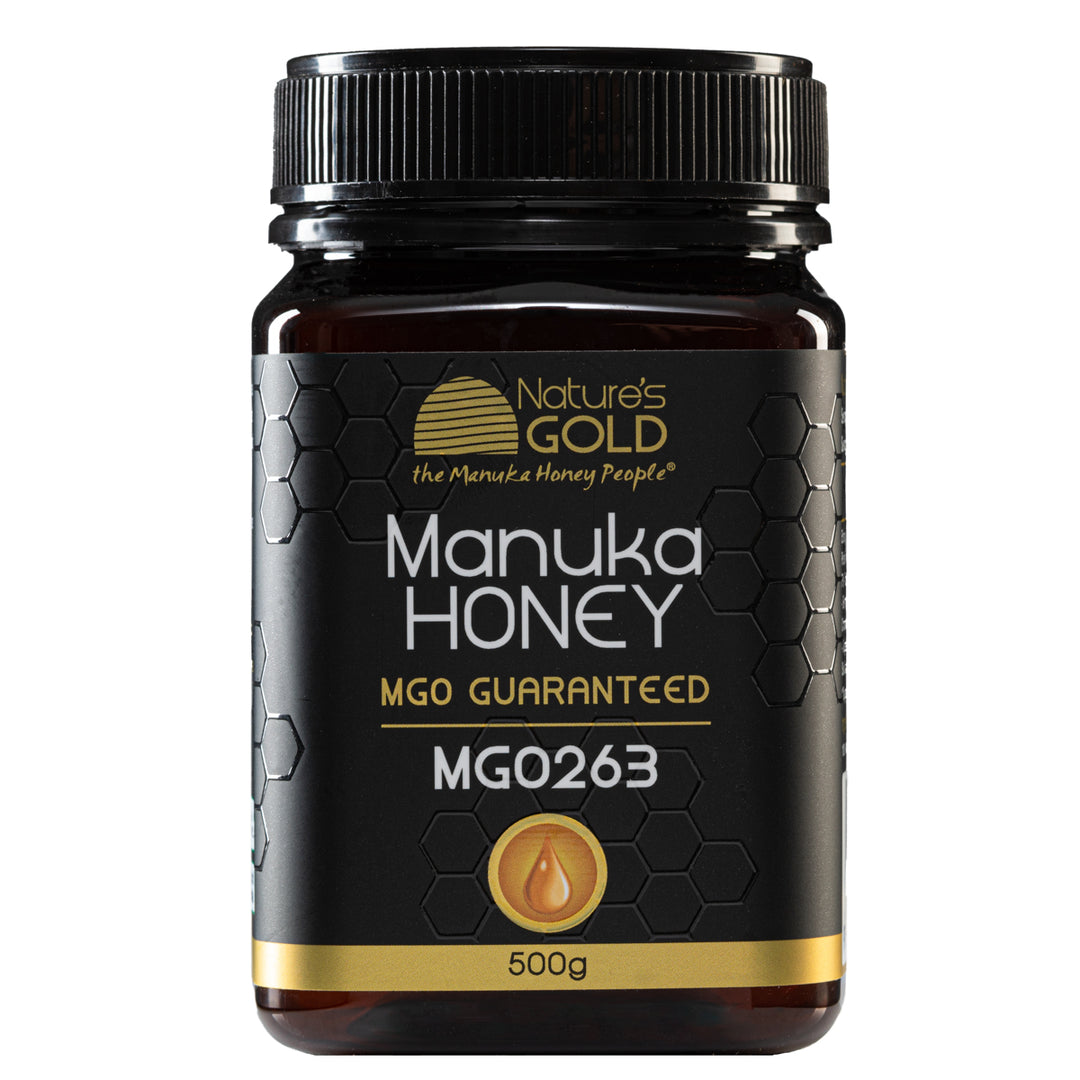
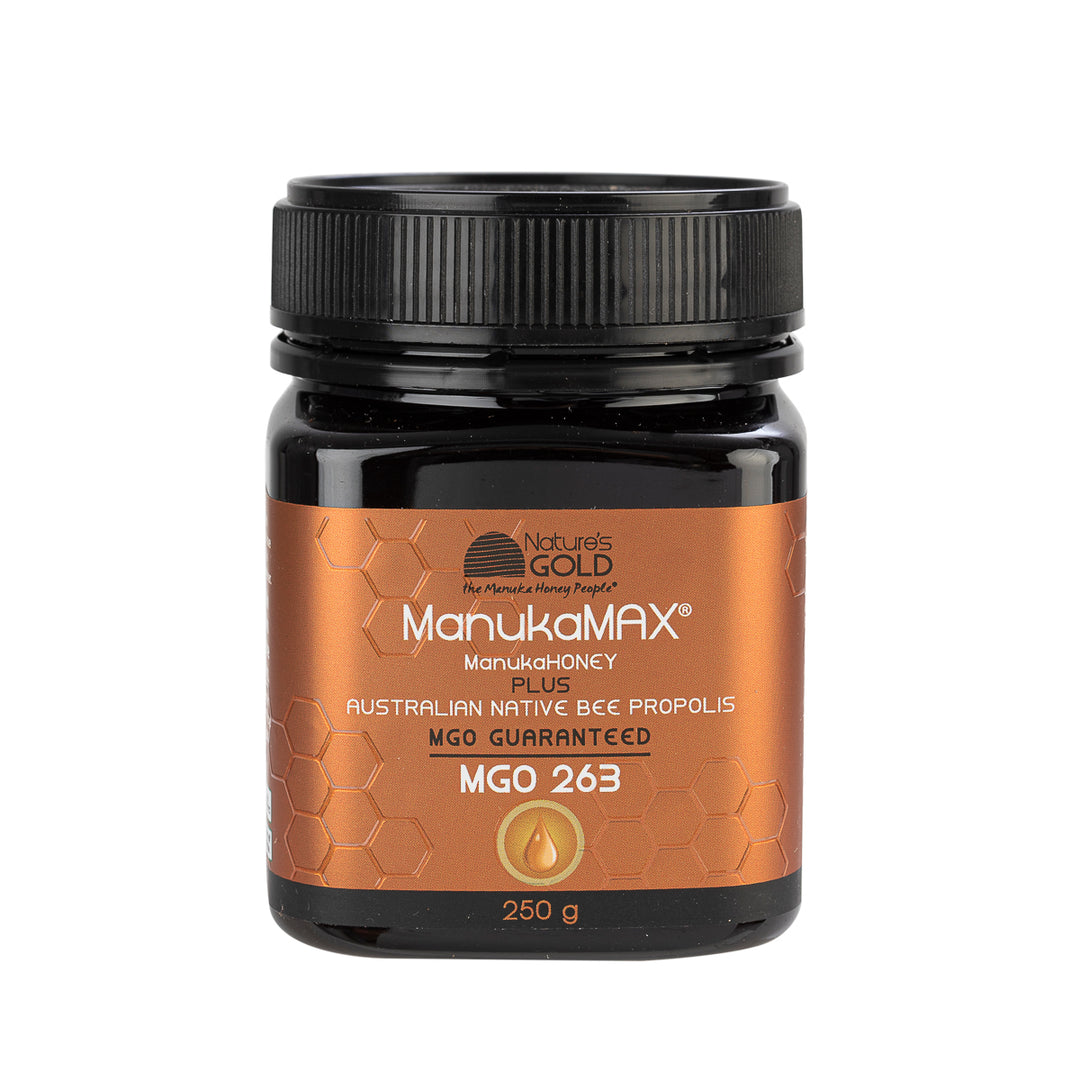
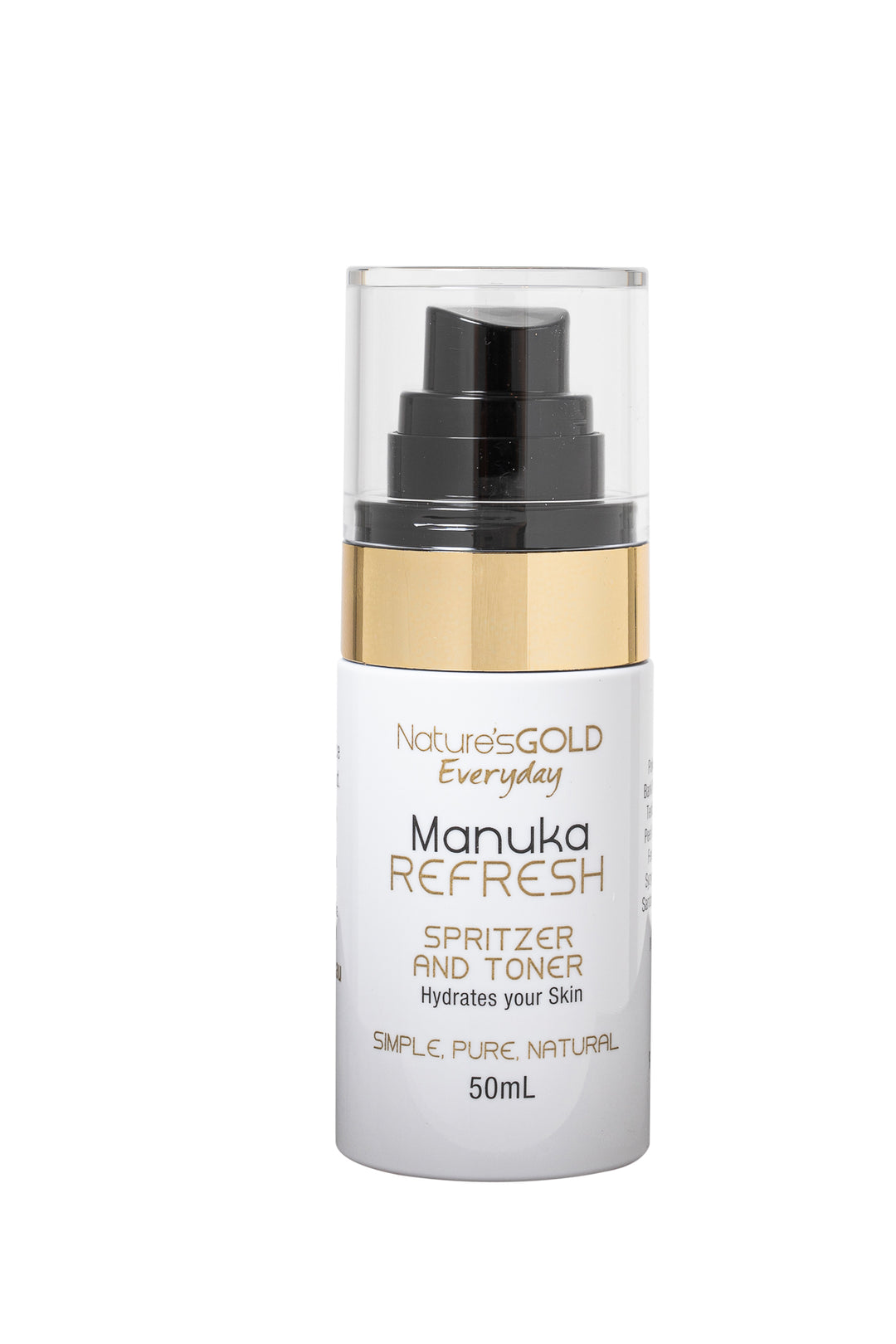

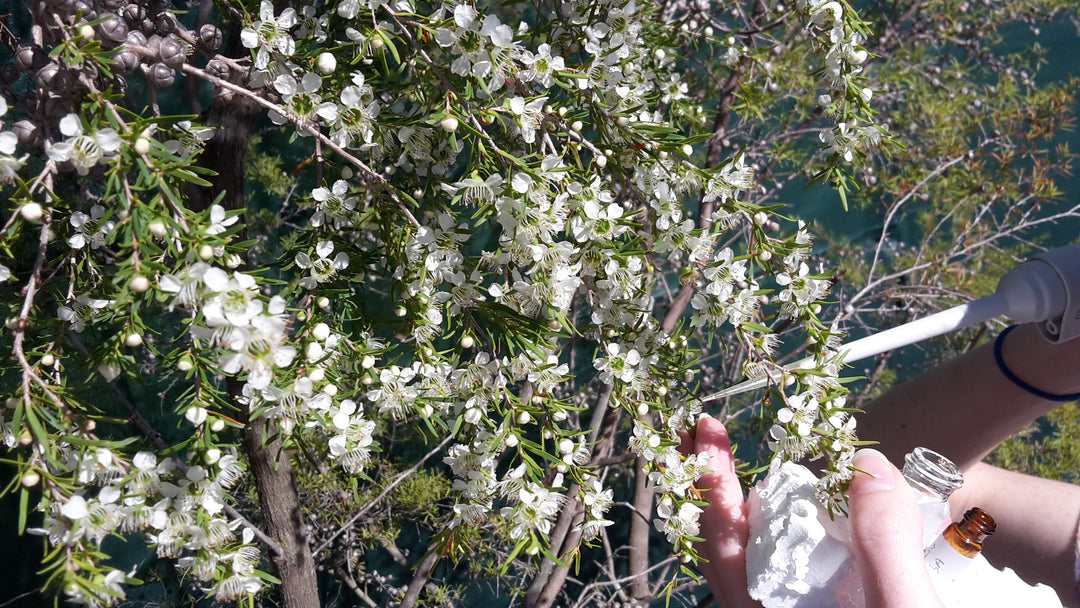
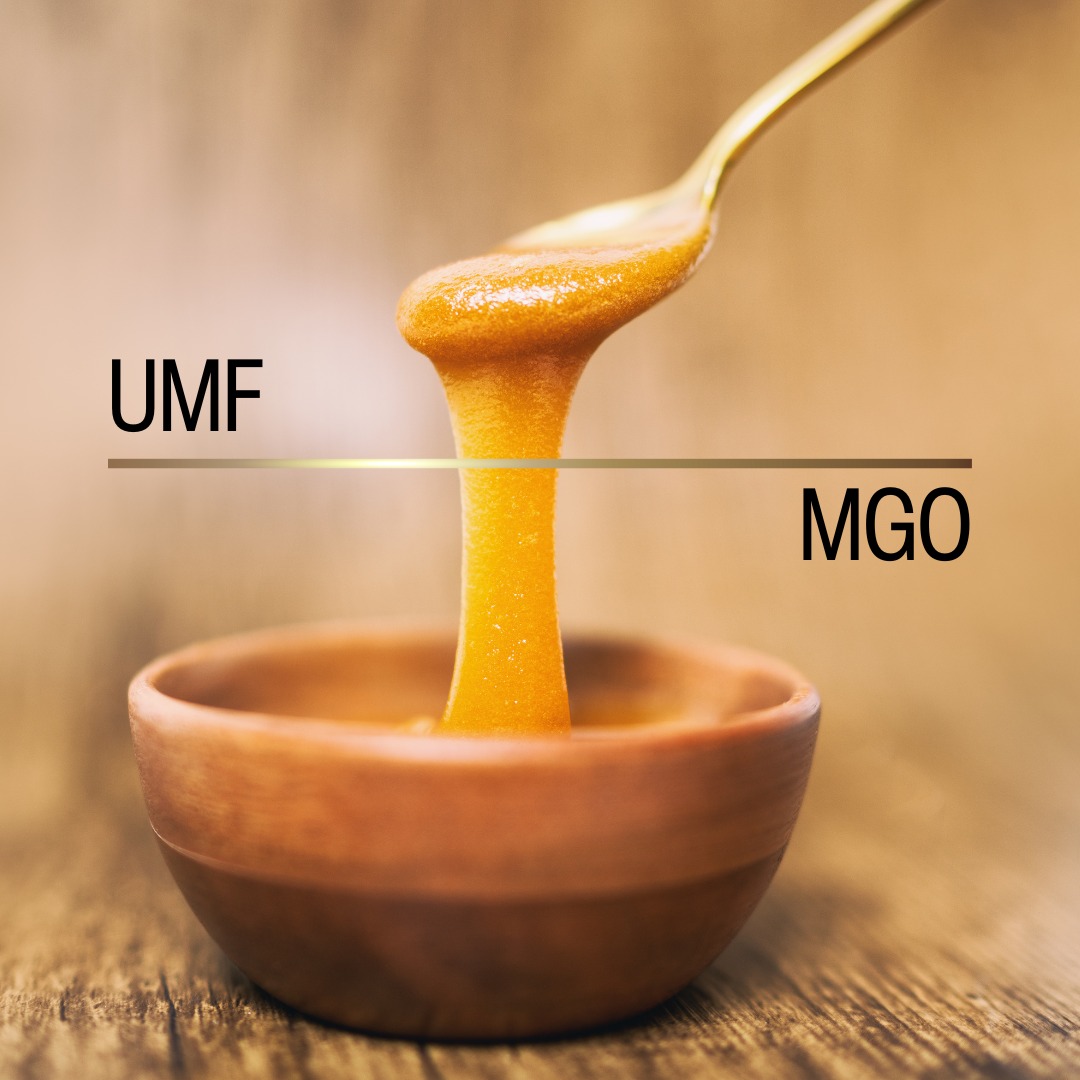
Leave a comment